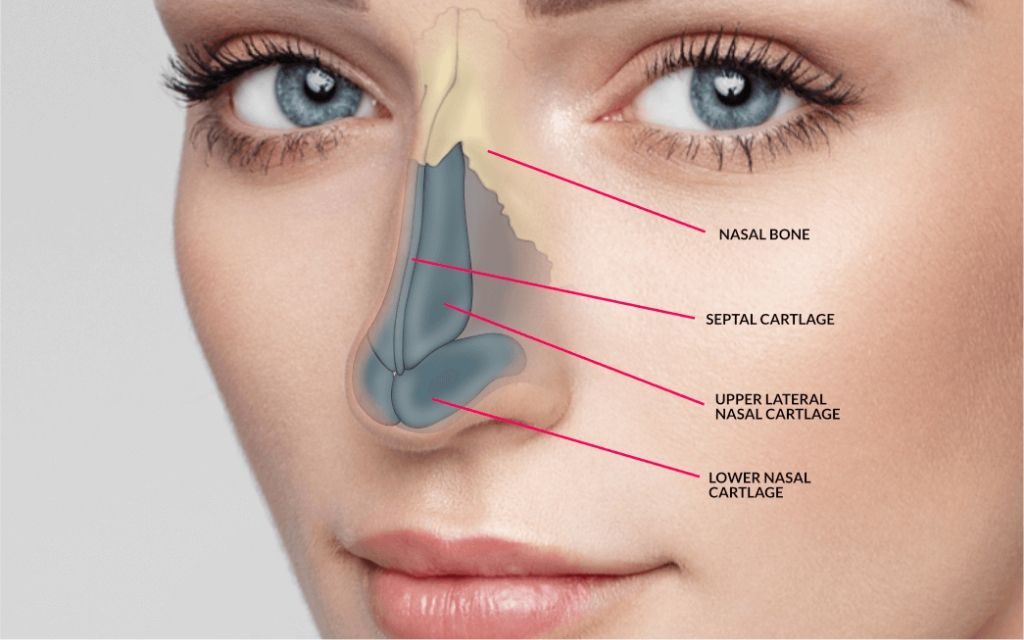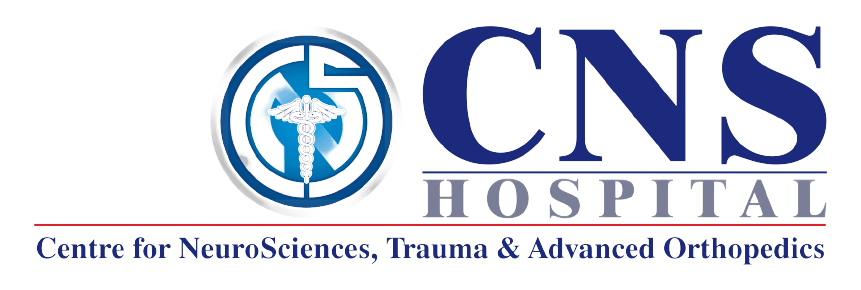Rhinoplasty in Nashik
Rhinoplasty
What is Rhinoplasty
Rhinoplasty is a surgical procedure that is performed to alter the size, shape, or structure of the nose. It is commonly referred to as a “nose job.” Rhinoplasty can be done for cosmetic purposes, to improve the appearance of the nose, or for functional reasons, such as to correct breathing difficulties caused by structural abnormalities in the nose.
Improve your facial appearance by our experts and get best rhinoplasty in Nashik at CNS Hospital
During the procedure, the surgeon makes incisions either inside the nostrils or across the base of the nose and then reshapes the bone and cartilage of the nose to achieve the desired outcome. The skin is then re-draped over the newly shaped framework of the nose. Rhinoplasty is typically done under general anesthesia and can take a few hours to complete.
Recovery from rhinoplasty can take several weeks, during which time the patient may experience swelling, bruising, and discomfort. It is important to follow the surgeon’s post-operative instructions carefully to ensure proper healing and optimal results.

Who is Rhinoplasty for?
Rhinoplasty, also known to as a nose job or nose surgery, is a plastic surgical operation used to reconstruct the nose, improve its functions, and improve its appearance. There are several typical issues with the nose that can be fixed. There are many different nose features that one may have and wish to have fixed, including a humped, saddle, depressed, flat, wide, wide tip, boxy, deviated, or crooked nose, as well as a short or long nose. If you have this type of nose and wish to change it, you should think about cosmetic rhinoplasty. In general, persons with the aforementioned issues, regardless of age, who are in reasonable physical condition, are suitable candidates for nose reshaping surgery.
They shouldn’t have any conditions or illnesses that pose a life-threatening risk. Smoking patients may be at higher risk for problems.
Could you benefit from Aesthetic Rhinoplasty?
A saddle or depressed nose can be built up or augmented, and a wide nose or boxy nasal tip can be narrowed if you have a hump or a huge nose. Tips for the nose can be improved. It is possible to correct crooked noses. If you need to build up your cheeks for balance or have a small chin, an aesthetic rhinoplasty can be paired with chin or cheek augmentation. It is possible to lengthen a small nose and shorten a long nose. You would benefit from cosmetic rhinoplasty if you believe you have one of these noses.
What is the procedure for Rhinoplasty?
What needs to be accomplished will determine the rhinoplasty approach. The older, closed technique for rhinoplasty or the more recent, open procedure are also options. All incisions made with the closed approach are made inside the nostrils, so nothing is visible from the outside. In the open procedure, a minor incision is made on the underside of the nose in addition to the ones inside the nostril. This provides improved exposure and makes it possible to make exact corrections under eyesight, but it also heals quite well and is not noticeable over time. Depending on what is being done, the surgery’s next steps would be:
Augmentation:
It is possible to strengthen and emphasize a sunken nose using either autografts or artificial material known as implants. The cartilage in autografts may come from your ribs, ears, or the septum of your nose. Bone grafts from the hips or the cranium are other options. Silicone or med pore implants are frequently utilized during rhinoplasty. Every type of material has advantages and disadvantages, which your cosmetic surgeon can explain.
Hump Removal:
Both the prominence of the septum/cartilage and the prominence of the bone contribute to the appearance of a hump on the nose. This has to be removed. When it is taken out, the roof of the nose is left exposed and must be closed by breaking the nasal bones.
Boxy nasal tip:
This can be improved if the tip of your nose is bulbous or like a button. To create a more proportional and elegant tip, the cartilages that make up the nose tip must be closely sewn together and reshaped.
Broad nose:
The nasal bones can be moved inward by infrastructure to solve this prevalent issue. It is frequently necessary to also narrow the nasal tip. Moreover, if the nasal base is large or flared, this can be fixed.
Deviated nose:
Frequently, the nose develops a deviation or becomes crooked as a result of trauma. By removing the crooked portion of the septum or by inserting cartilage supports and straightening stitches, this can be made straight.
What are the costs incurred in Rhinoplasty (Nose Surgery)?
Depending on the components you’re working on, the costs would change. Costs for a simple rhinoplasty start at around Rs. 40,000. As a rough estimate, it would cost between Rs. 1.2 lacs and Rs. 1.5 lacs if all the components, such as augmentation, narrowing, deviation correction, or crooked nose treatment, were included. Nonetheless, the average cost of a rhinoplasty is between Rs. 80-85k and Rs. 1k.
What to expect after the Rhinoplasty surgery?
A nasal pad will be put under the nostrils to catch any trickle of fluid or blood that may come out of them for the first 24 hours following the nose surgery. To stop this flow, a pack may be placed over the nostrils for 24 hours. The surgical trauma may frequently result in swelling of the nasal mucosa and create the impression that the nose is jacked up. Up to three weeks may pass before you feel better. After surgery, there may be bruising and swelling, but these side effects should go away in 3-6 weeks.
If you have infrastructures, a splint may be on your nasal bridge; it will be taken off in 7 days. You could have some trouble opening your eyes right after surgery because of the swelling. This quickly gets better the following day. Normal wound healing takes 7 to 2 weeks. Your comfort and safety are the top priorities for your plastic surgeon at Aesthetics Medispa and the supporting personnel. The swelling around the nose’s tip can linger up to three months and has a tendency to take the longest to go away.

